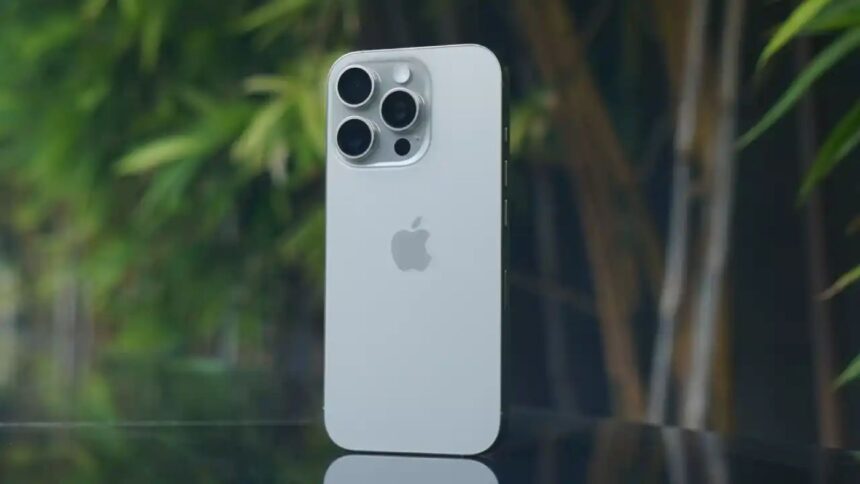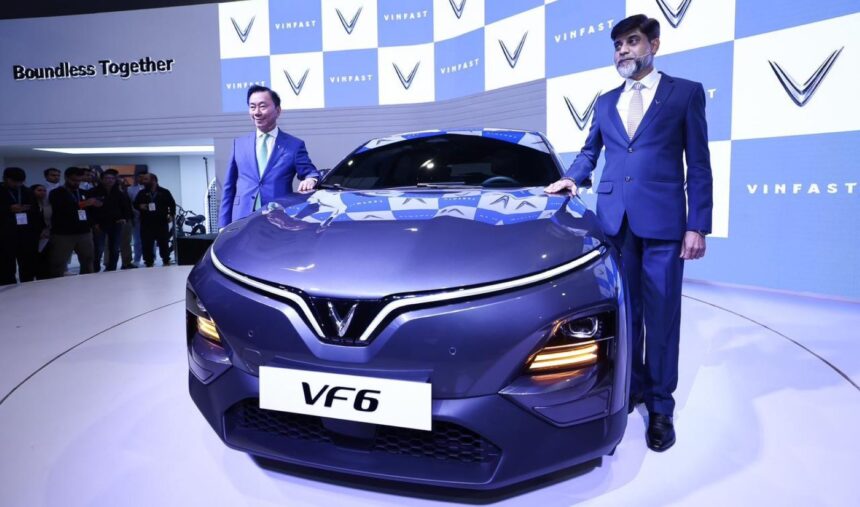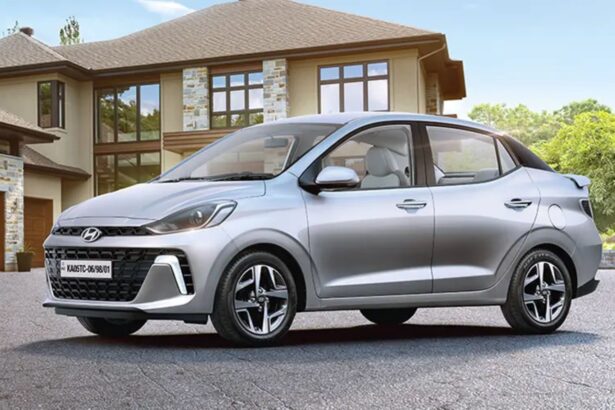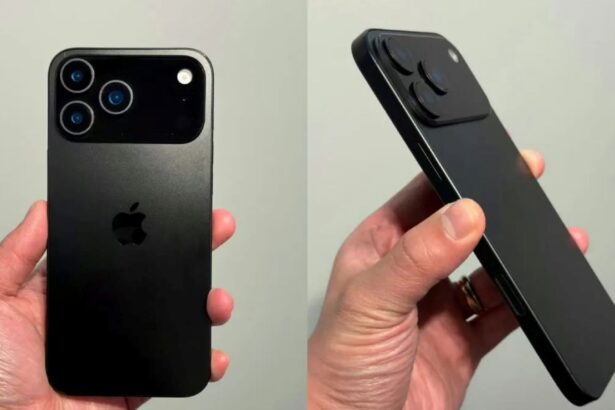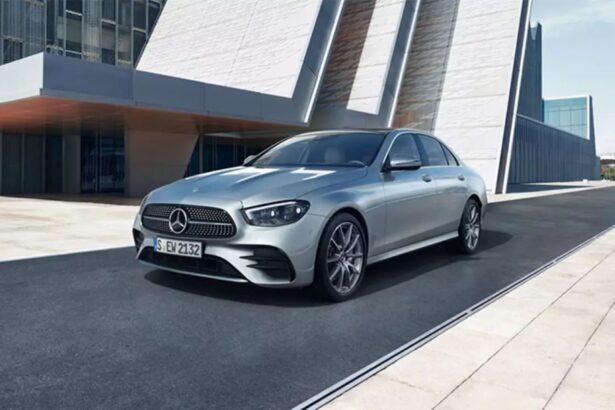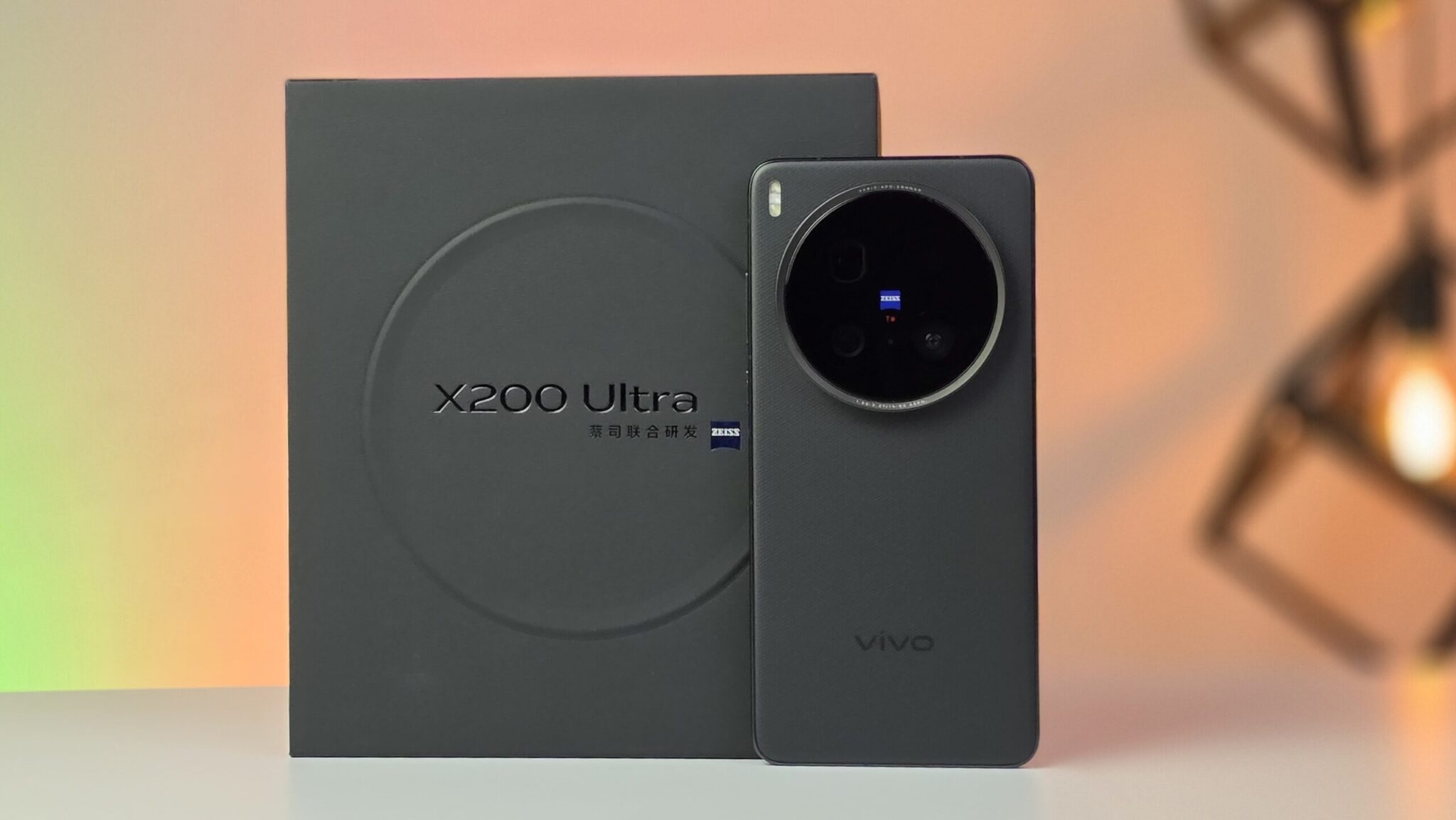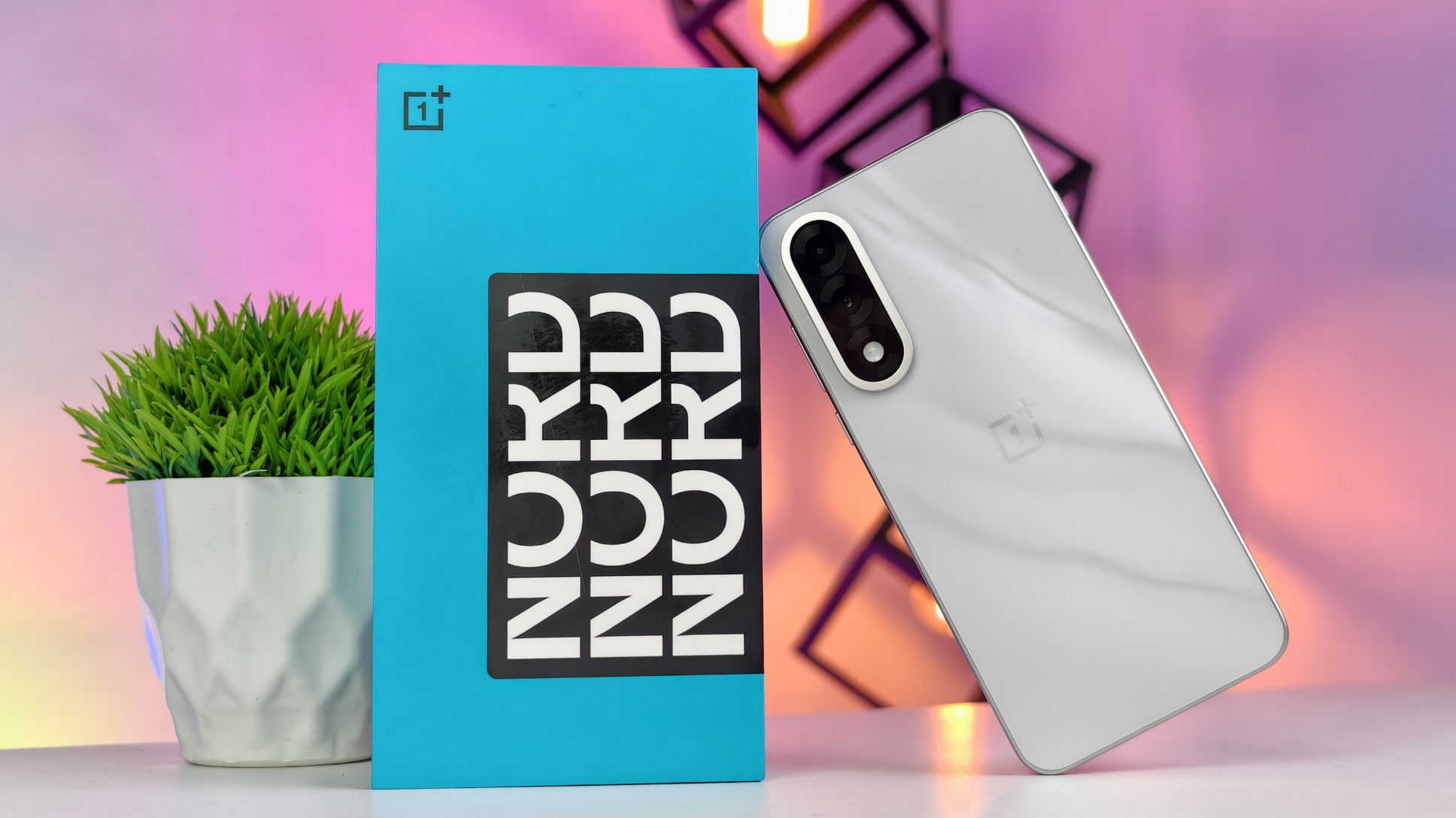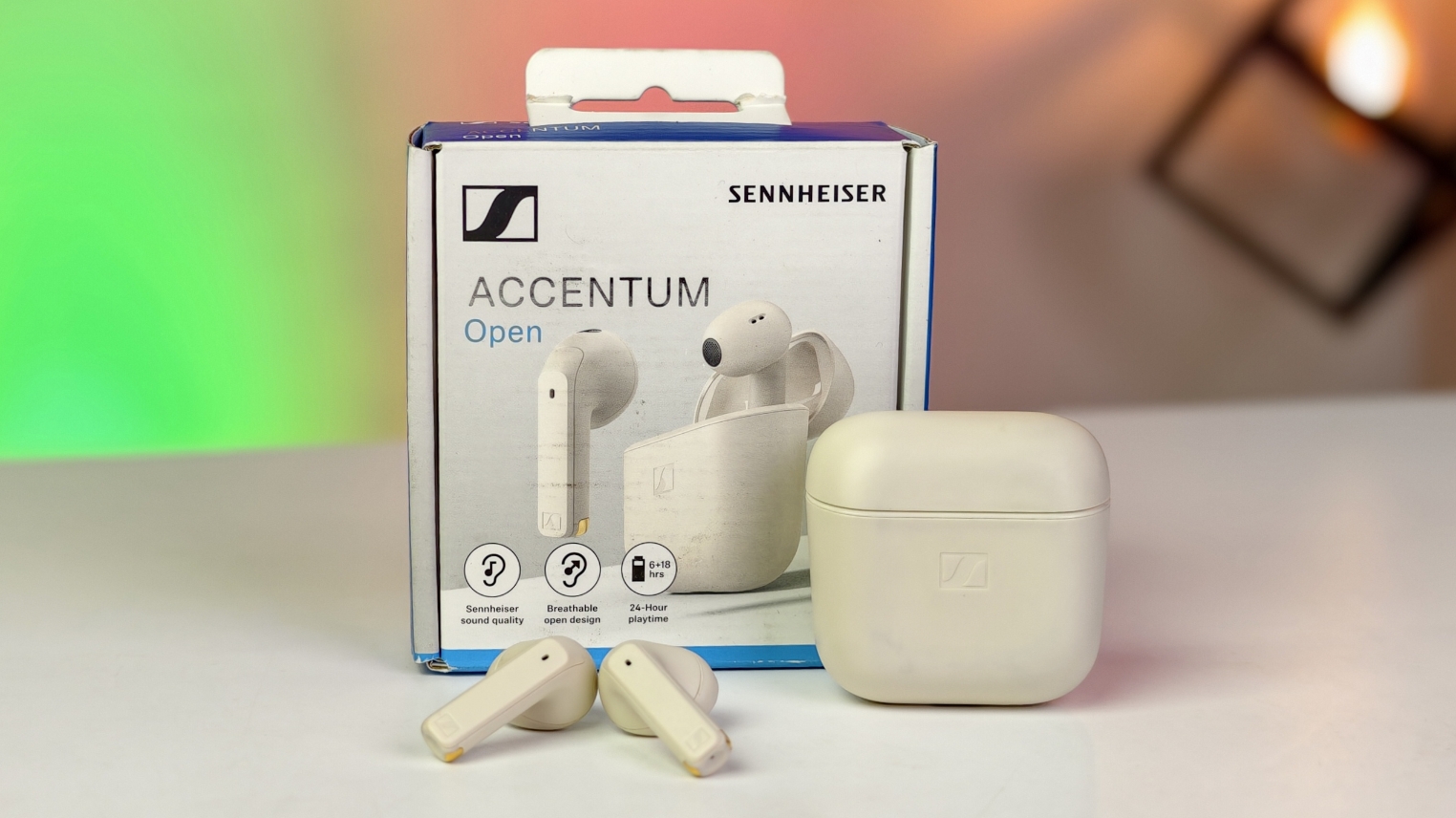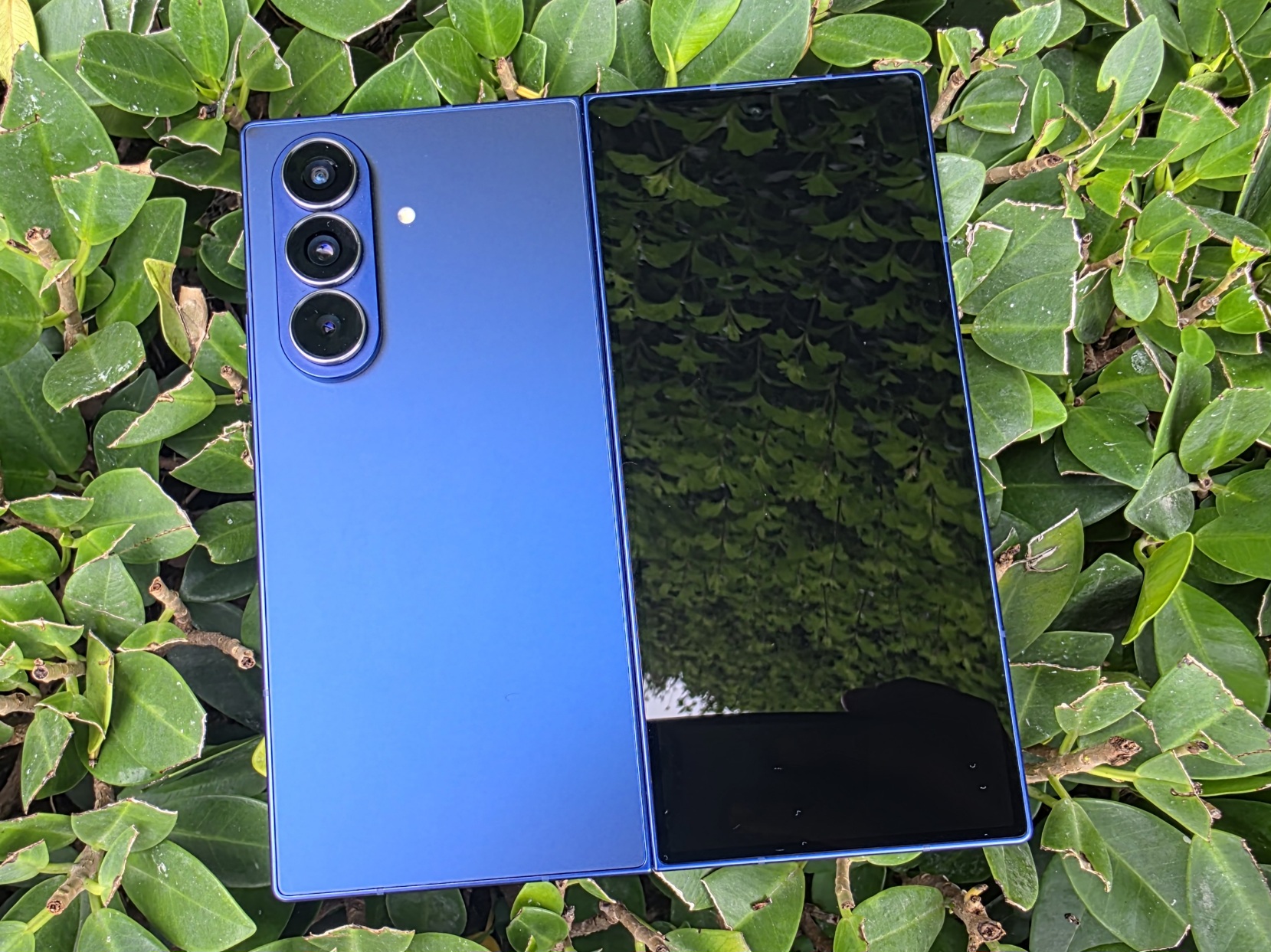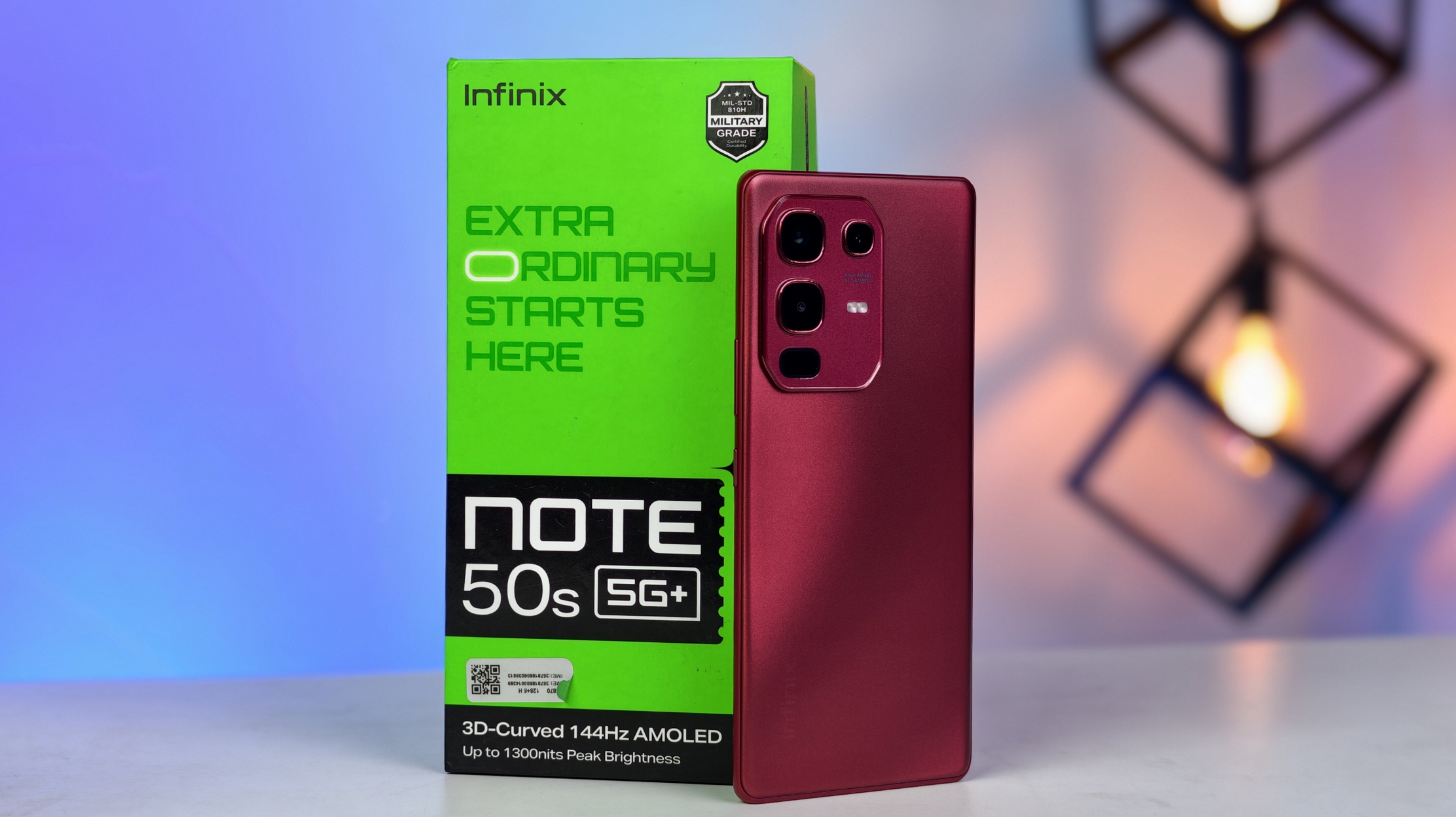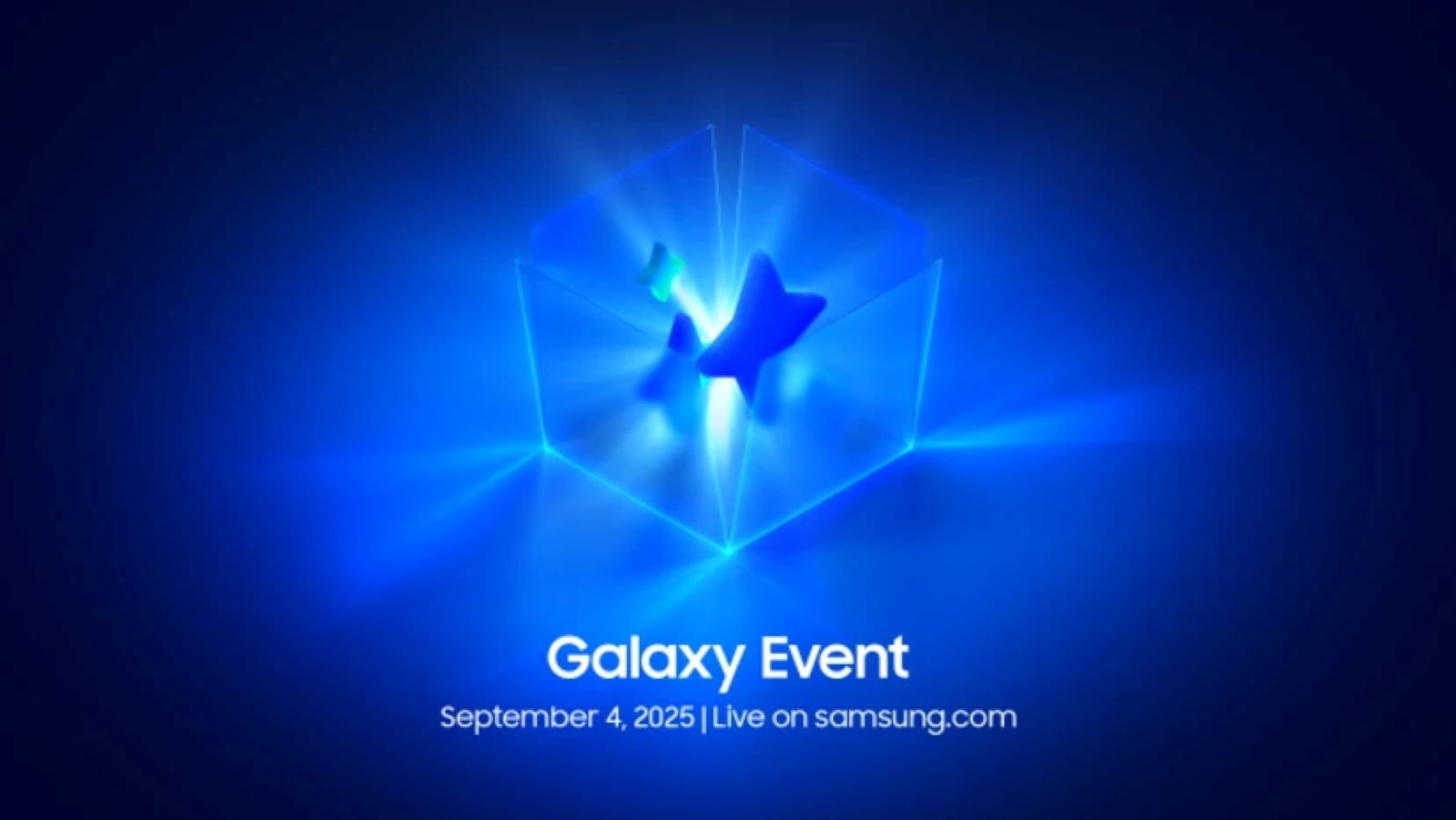Garena releases Free Fire MAX redeem codes for September 6
Get the latest Free Fire MAX redeem codes for September 6, 2025.…
Motorola Launches Moto Book 60 Pro With Intel Core Ultra Processors in India
Motorola launches the Moto Book 60 Pro in India with Intel Core…
Dyson Introduces PencilVac Its Slimmest Vacuum Cleaner with New Hyperdymium Motor
Dyson has launched the PencilVac, its slimmest vacuum cleaner yet. It features…
OpenAI Plans New Jobs Platform to Compete with LinkedIn
OpenAI will launch an AI-powered jobs platform by mid-2026. The new service…
Google Photos Now Creates Videos from Your Static Images
Google Photos introduces a new feature that uses AI to create cinematic…
Starlink India: Launch Nears with Regulatory Nod
Elon Musk's Starlink is close to its India launch. Get the latest…
Garena Free Fire Max Redeem Codes for September 5, 2025 Now Live
Get today's Garena Free Fire Max redeem codes for September 5, 2025.…
AI Coding Tools Gaining Traction, Human Oversight Remains Key
AI-assisted coding is on the rise, with all Indian CIOs using it.…
Instagram Finally Launches Dedicated App for Apple iPad
Instagram has finally launched a dedicated app for the Apple iPad. The…
Smartphone Durability Now a Major Concern for Indian Users
A new study by Counterpoint Research and OPPO India reveals that smartphone…
Tecno POVA Slim 5G with 6.78-inch AMOLED display, 5.95mm thickness launched in India
The Tecno POVA Slim 5G has launched in India. The phone features…
Samsung Galaxy S25 FE: Gateway to Galaxy AI and Flagship Essentials
Samsung’s Galaxy S25 FE brings the full Galaxy AI suite, a 6.7-inch…
Jio Celebrates 9th Anniversary with a Special INR 349 Plan
To celebrate its 9th anniversary, Jio has launched a ₹349 plan with…
Philips Hue Debuts Brighter, More Efficient Smart Lights
Philips Hue launches a major refresh of its product line, with new…
Create Custom Android Bots with AI-Powered Androidify
Google launches new Androidify app that lets users create personalized Android bots…

